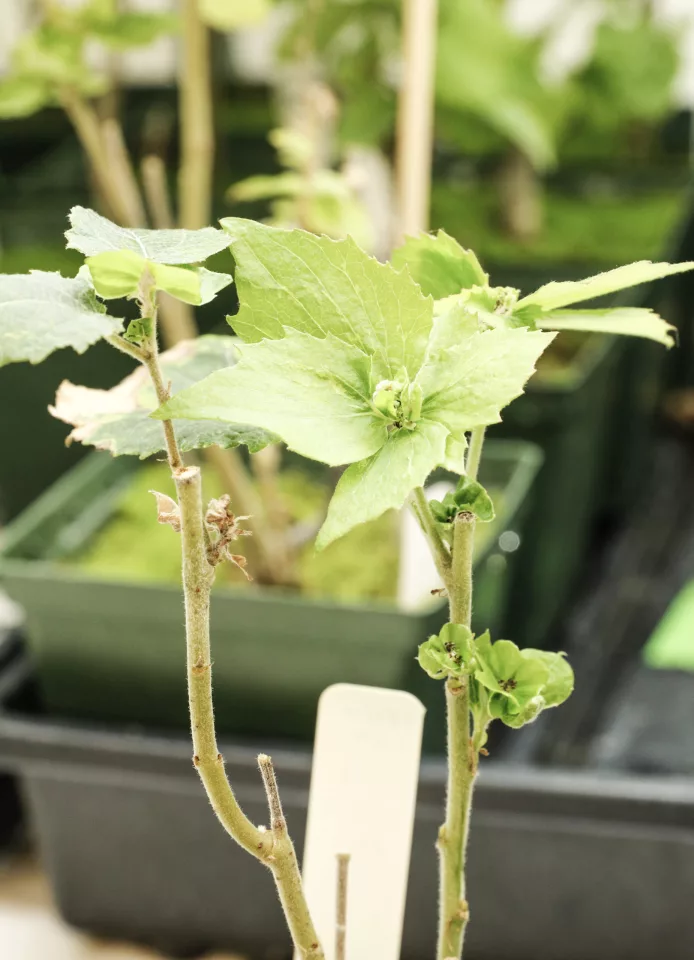Selective breeding of plants can help give them new beneficial traits, but trees have a frustratingly long reproductive cycle. Now, scientists at the University of Georgia have used CRISPR gene-editing to make poplar trees flower within months rather than a decade.
Plant breeding is all about cultivating, boosting and even creating desirable traits in plants. That can include increasing size, appearance, nutritional value, yield, resistance to pests, and tolerance of heat, cold, salinity or drought. Usually, it involves selecting and cross-breeding individual plants with these traits, but that of course requires waiting for the plants to mature.
In many cases that’s fine – the reproductive cycle of vegetable plants, for instance, is a matter of months, so there’s a fairly quick turnaround to see if experiments are working. But for trees it’s a different matter, as it can take several years to see the (sometimes literal) fruits of labor.
In the new study, the Georgia researchers turned to the CRISPR gene-editing system to try to speed things up. Their target was the poplar, a tree that has a long juvenile period and can take seven to 10 years before it begins to flower. Obviously, that’s a long time to wait to check if a cross-breed was successful.
Often when scientists use gene-editing methods to invoke early flowering, they focus on regulator genes that positively influence floral development, but success has been patchy in the poplar. So for the new study, the team turned the technique on its head, shutting down a negative influence instead.

The researchers used CRISPR to knock out a gene called CENTRORADIALIS (CEN), which is known for repressing flower initiation in young poplars. And sure enough, the edited specimens matured much faster.
“Previous methods for inducing early flowers in poplars was inconsistent and labor intensive,” said C. J. Tsai, co-author of the study. “But using CRISPR to edit a flowering repressor gene, we are able to compress the flowering time from more than seven years to three to four months, and the yearlong floral organ development period down to a few days.”
This breakthrough, the team says, could help scientists breed new traits into poplars and other trees much more quickly than usual. As an example, the researchers tested the system by making another gene edit that reduces the cotton-like seed attachments that form in spring, which can be a major trigger for people with allergies.
“This provides a molecular basis for developing hairless seeds, which could reduce allergen spread in urban areas or across working forests,” said Tsai.
The research was published in the journal New Phytologist.
Source: University of Georgia





